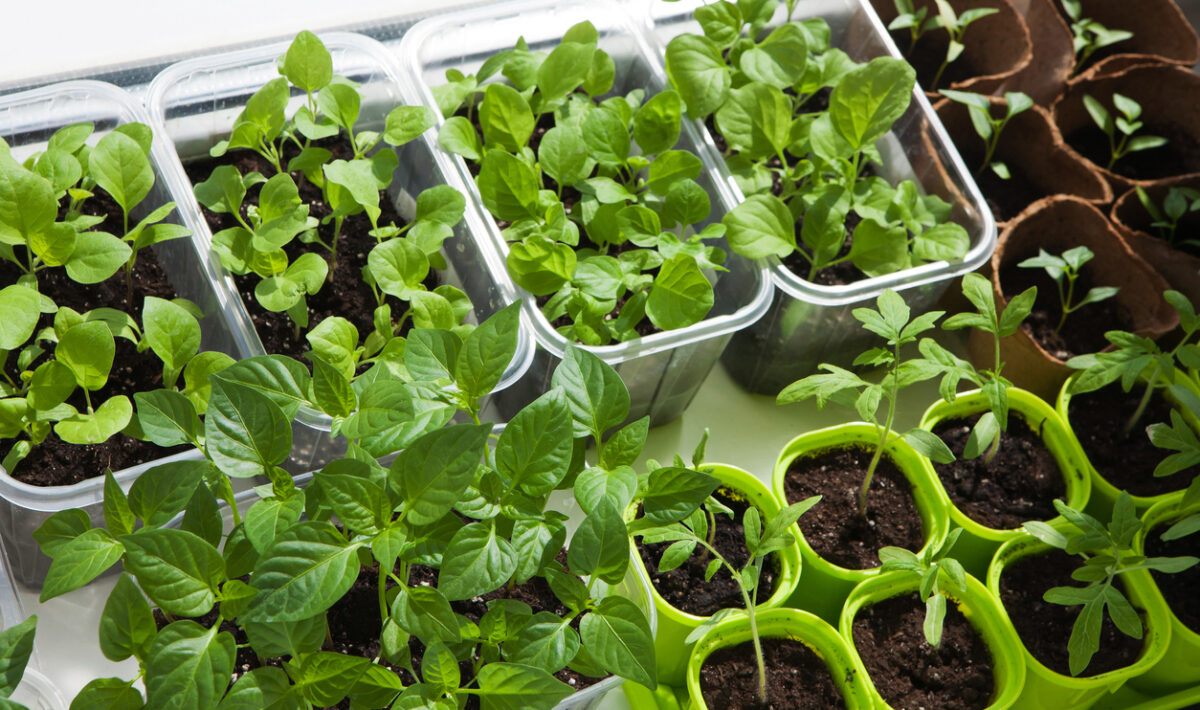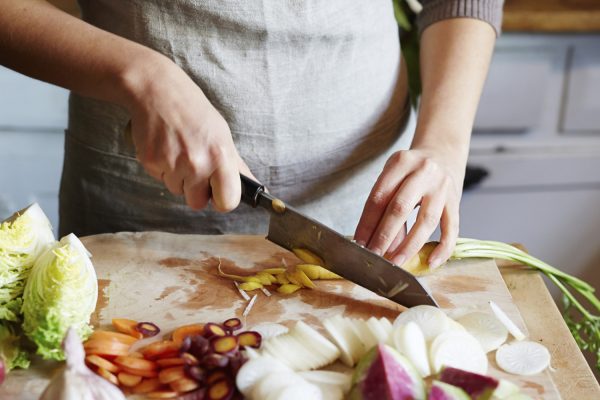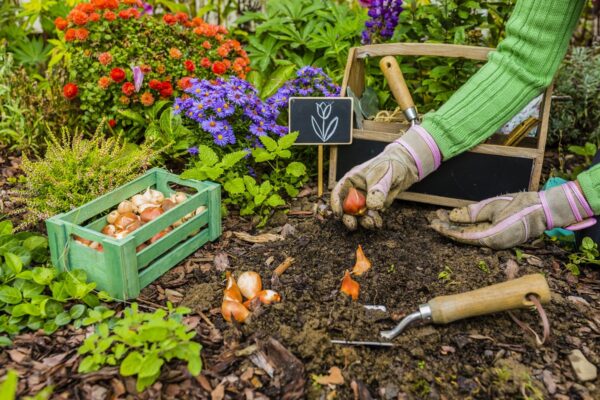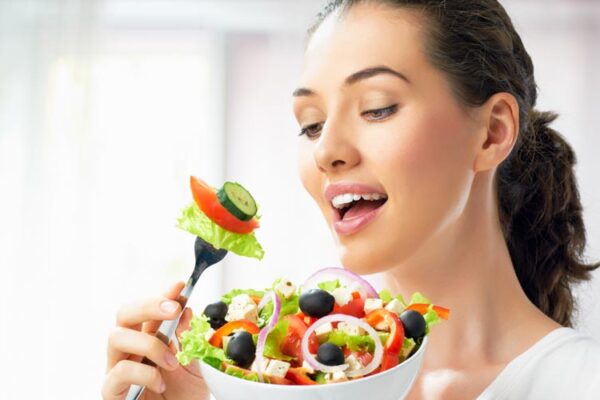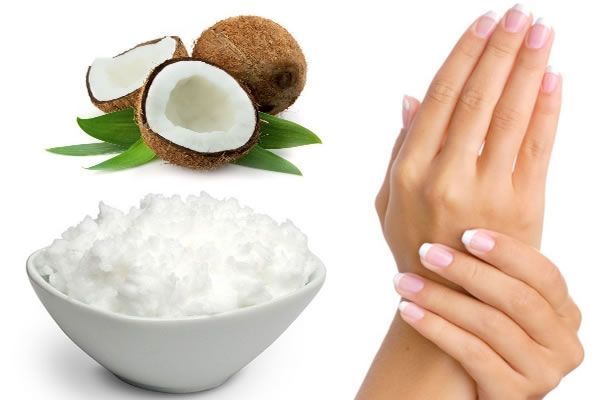If you’re looking to grow some vegetables at home you might be wondering if you can grow them indoors. In most cases, vegetables can be grown indoors and outdoors so it’s up to your preference. However, when you are growing vegetable seeds indoors you’ll need to harden the seedlings as they will need to be transplanted outside eventually.
Be sure to check the specific growing instruction on the sprouting seeds or microgreens you are looking to grow. Not all are suited to life indoors so it’s best to check before you start investing your time. Vegetables like artichokes, beetroots, asparagus, and leeks should be planted directly outside.
Why Do You Harden Off Seedlings?
When you’re planting your seeds indoors it’s a good idea to harden them off otherwise they will struggle to survive outside. An indoor environment doesn’t naturally imitate the harsher environment the seeds are exposed to outside. There is a more maintained temperature and lighting isn’t as vibrant as the sun from outside. Other environmental issues like rain and wind don’t occur indoors.
By hardening off your seedlings you are preparing them for survival outside. The process helps your seeds to buildup resistance and have a better chance of thriving outside.
How Do You Harden Off Seedlings?
To prepare your indoor seedlings for the reality of life outdoors, you will need to gradually introduce them to the outside. Once your seedlings have grown big enough to be planted out, pack them into an open-top box. Take your plant, in the box, outside, and find it a shaded area to sit for a few hours.
After a few hours, you can bring it back inside. Over the next few days repeat this process but leave the plant outside for a longer period each day. You should aim to build up to leaving the box outside for an entire day. At this point, you can move it to a sunnier area for a few and repeat the process until the plant is in the sun all day.
It sounds like it will take a while, but it should only take a week or so. You should bring the plant in each night until it has spent an entire day outside. At that point, the seedlings should be hardened off enough to survive outside.
What Are The Benefits Of Growing Vegetable Seeds Indoors?
The big benefit of growing seeds indoors is that you can get a head start on the growing season. The best candidates for being grown indoors are the vegetables that can be transplanted easily. Typically these vegetables are heat-loving and are more tender than the hardy plants that should be sowed directly outside. This method is particularly good for areas in the world where your growing season is short.
Due to the indoor environment being more controlled gardeners can get a running start of the growing season but starting the seeds inside. By the time the regular growing season kicks you will already have healthy, strong seedlings that will be ready to be planted in the ground.
What Are The Benefits Of Direct Sowing?
The alternative to growing your seeds in a controlled environment indoors is to sow them directly into the soil outdoors. This can yield fantastic results but seeds will be faced against unpredictable events. Everything from the weather to animals to insects can interrupt the growth of your seeds. This shouldn’t put you off the idea, however, as tucking your seeds into the soil outside can end up producing healthy, strong plants.
Some vegetables aren’t suited to growing indoors and should be sowed directly into the soil outside. Tap-root vegetables like parsnips, radishes, and carrots don’t transplant very well so should be placed outdoors. Beets are better at being transplanted but they thrive with cool soil so they are not that suited to the indoors.
Heat-loving crops that can be directly sown include cucumbers, beans, melons, squash, and pumpkin. They should be directly sown into the soil once all danger of cold weather and frost has passed.
What Kind Of Vegetables Should Be Started Indoors?
There is a wide variety of vegetables that can be grown indoors. Heat-loving vegetables that require a long season to grow can be started indoors and then transplanted outside. This includes things like peppers, eggplants, and tomatoes. Herbs are great for growing indoors but they require a lot of direct sunlight, so you’ll need to place them somewhere well lit for 12-16 hours a day.

